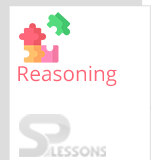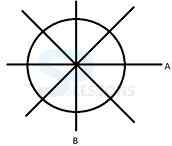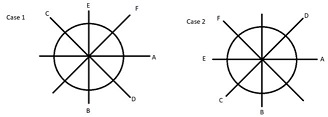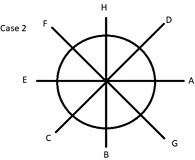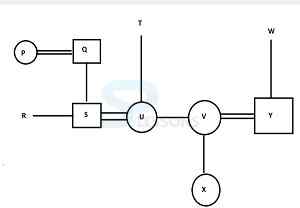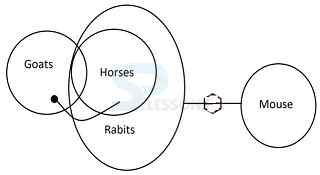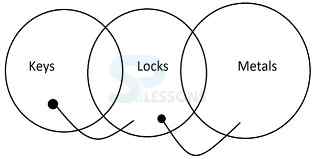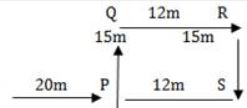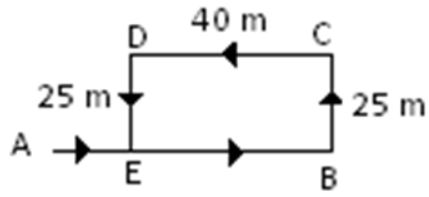 Introduction
Introduction
Telangana State Cooperative Apex Bank has announced a notification for the recruitment of Staff Asst Recruitment posts. The Candidates who are interested and meet all eligibility criteria can read the Official Notification of TSCAB Staff Asst can apply through the Official website or from the given link. Get the complete details of TSCAB Recruitment Reasoning Ability Syllabus along with exam pattern and samples. Check the most important questions related to Reasoning Ability in TS CAB Recruitment Reasoning Ability Quiz 4 section. Candidates can score maximum marks of Reasoning Ability section of TSCAB Recruitment.
 Pattern
Pattern
| TSCAB Recruitment Reasoning Ability Exam Pattern | ||||
|---|---|---|---|---|
| S. No. | Name of Tests (objective) | No. of questions | Max. Marks | Time allotted for each test (Separately timed) |
| 1. | General/Financial Awareness | 50 | 50 | 35 Minutes |
| 2. | General English | 40 | 40 | 35 Minutes |
| 3. | Reasoning Ability & Computer Aptitude. | 50 | 50 | 45 Minutes |
| 4. | Quantitative Aptitude | 50 | 50 | 45 Minutes |
| Total | 190 | 190 | 160 Minutes | |
Penalty for Wrong Answers:
There will be penalty for wrong answers marked in the Objective Tests. For each question for which a wrong answer has been given by the candidate one fourth or 0.25 of the marks assigned to that question will be deducted as penalty to arrive at corrected score. If a question is left blank, i.e., no answer is marked by the candidate, there will be no penalty for that question.
 Syllabus
Syllabus
TSCAB Recruitment TSCAB Recruitment Reasoning Ability - Syllabus (50 Marks):
| TSCAB Recruitment Reasoning Ability - Syllabus | |
|---|---|
| S. No. | Name of the Topic |
| 1. | Number Coding |
| 2. | Inserting Correct Mathematical Sign |
| 3. | Odd Man Out |
| 4. | Mutual Relation Problem |
| 5. | Coding and Decoding |
| 6. | Syllogisms |
| 7. | Circular and/or Linear Seating Arrangement |
| 8. | Statements and Assumptions |
 Quiz
Quiz
Direction[1-5]: Study the following information carefully and answer the following questions.
Eight people are sitting around a circular table facing the center. A sits second to the right of B. Only two people sit between A and C (either from left or right). Only three people sit between C and D. E sits third to the right of D. F is an immediate neighbor of E. G sits third to the left of H.
1. Who is sitting to the immediate right of H?
- A. D
B. F
C. B
D. E
E. A
- A. Two
B. Three
C. More than three
D. None
E. One
- A. ED
B. HA
C. AB
D. DG
E. GC
- A. All the statements are true
B. C sits second to the right of F
C. G sits to the immediate left of A
D. Only three people sit between E and A
E. B is an immediate neighbour of G
- A. F
B. H
C. E
D. C
E. B
Direction[1-3]: Read the following information carefully and answer the questions accordingly:
P is the wife of Q. Q is the father of the only R and S. S is the son in law of T. T has only two children U and V. V is the daughter in law of W. U is the aunt of X. X is the daughter of Y. R is unmarried.
1. How is Q related to U?
- A. Mother in law
B. Father
C. Father in law
D. None of the above
E. Cannot be determined
- A. Son in law
B. Daughter
C. Grand Daughter
D. Son
E. None of the above
- A. Son
B. Daughter
C. Daughter in law
D. Son in law
E. None of the above
- A. Only conclusion I follows
B. Only conclusion II follows
C. Both Conclusion I and II follow
D. Either conclusion I or conclusion II follows
E. Neither conclusion I nor conclusion II follows
- A. Only conclusion I follows
B. Only conclusion II follows
C. Both Conclusion I and II follow
D. Either conclusion I or conclusion II follows
E. Neither conclusion I nor conclusion II follows
Direction[1-2]: Study the following information carefully and answer the questions given below.
A man walks 20m towards east to point P then he turns to his left and walks 15m to point Q. Again he turns to his right and walks 12m to point R, again he turns to his right and walks 15m to point S and stops.
1. What is the distance between the starting point and point S?
- A. 32m
B. 40m
C. 35m
D. 50m
E. 43m
- A. 25m
B. 20m
C. 35m
D. 40m
E. 45m
- A. 25 meters
B. 50 meters
C. 115 meters
D. 140 meters
E. None of these
- A. If only conclusion I follows
B. If only conclusion II follows
C. If either conclusion I or II follows
D. If neither conclusion I nor II follows
E. If both conclusions I and II follow
- A. If only conclusion I follows
B. If only conclusion II follows
C. If either conclusion I or II follows
D. If neither conclusion I nor II follows
E. If both conclusions I and II follow
U = E ≥ R)
